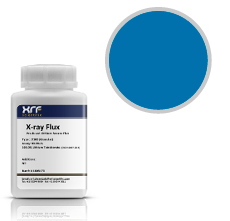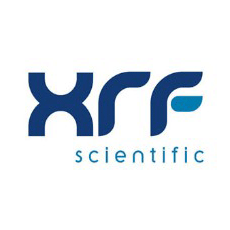Lithium Tetraborate, commonly known as lithium borate, is the lithium salt of boric acid, a mild, basic Lewis acid of boron. This chemical compound frequently finds application in spectrometry as a fusion flux for sample preparation.
Samples prepared using lithium tetraborate fusion exhibit significant precision, with materials like glass, cement, steel, nickel, and copper often relying on this method.
Lithium Tetraborate Fusion Flux Considerations
Specific factors demand attention when employing a fusion flux for sample preparation to ensure optimal sample quality. The flux necessitates high quality, minimal impurities, and a physical structure that closely matches the sample for effective mixing.
Pre-fusing the flux is essential to avoid a loose powder and ensure density. Manufacturing the flux at temperatures exceeding 900 °C in an industrial furnace is also vital. Furthermore, to ensure there are no errors introduced from moisture, the flux should be dry, and any moisture adhering to the surface should be eliminated.
Preparing a Sample with a Lithium Tetraborate Fusion Flux
For sample preparation, the sample under examination is weighed precisely in proportion to the lithium tetraborate fusion flux, with these measurements being documented.
Both are placed into a platinum crucible, mixed, and subsequently subjected to a fusion machine that heats the mixture until they meld into a single, uniform hot liquid.
Once complete dissolution occurs, the mixture is then poured into a platinum mold and allowed to solidify into a glass disc, ready for analysis using an XRF spectrometer.

Image Credit: XRF Scientific
Lithium Tetraborate Fusion Flux from XRF Scientific
XRF Scientific offers a variety of fusion flux options for XRF sample preparation. The 100% Lithium Tetraborate flux is categorized as acidic, rendering it unsuitable for highly acidic samples. This flux is frequently applied to samples with elevated oxide concentrations or those containing a substantial percentage of limestone.
Typical applications for this flux include copper sulfate, calcium oxide, and magnesium oxide. XRF Scientific also provides a selection of fusion flux products with varying ratios of lithium tetraborate and lithium metaborate to cater to a diverse range of applications.

This information has been sourced, reviewed and adapted from materials provided by XRF Scientific.
For more information on this source, please visit XRF Scientific.